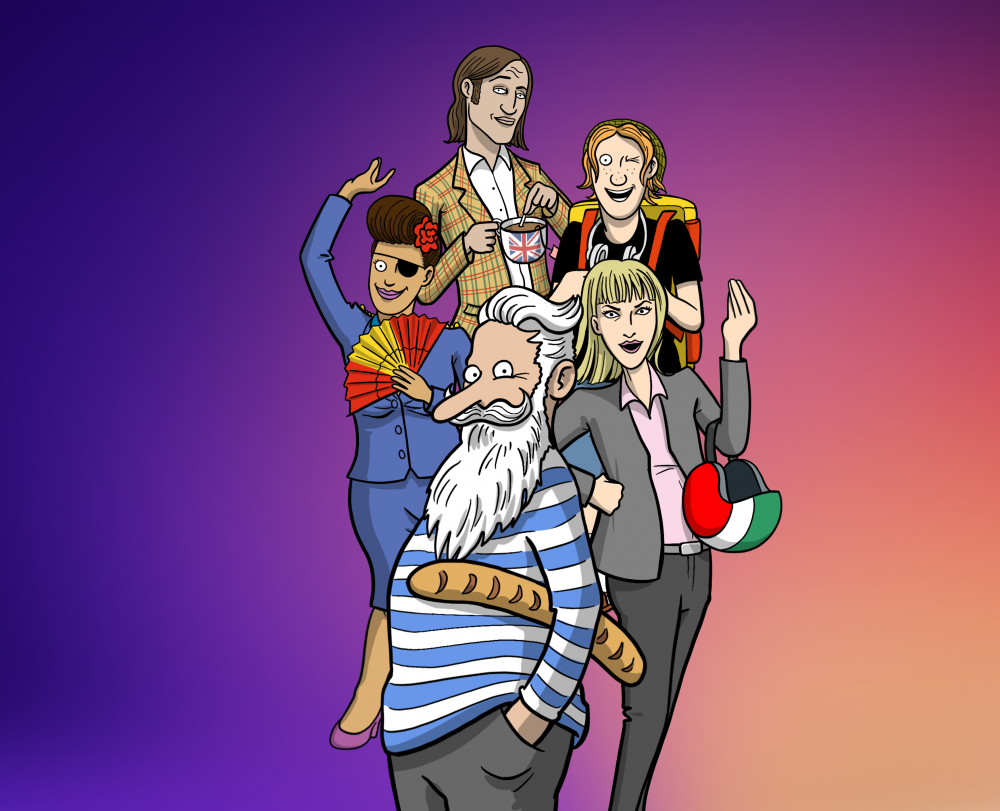Using venire to form the passive voice
Reminder: we generally form the passive voice using the verb essere (to be) + past participle + da (by).
Le piadine sono mangiate da Ciro.
The piadine are being eaten by Ciro.
We can also form the passive voice using the verb venire.
Il vetro viene pulito.
The glass is being cleaned.
Generally speaking, we can use either verb to form the passive voice (essere or venire).
Paolo è amato.
Paolo is loved.
Paolo viene amato.
Paolo is loved.
It is preferable to use venire if there is any chance that the passive sentence you would otherwise form using essere might be confused with an active sentence formed of essere + adjective.
Il vetro è pulito.
The glass is clean.
Il vetro viene pulito.
The glass is cleaned / is being cleaned.
We can't use venire when the active sentence contains a verb in a compound tense (one that uses an auxiliary verb).
Il bambino ha mangiato la torta (passato prossimo) → No: La torta è venuta mangiata dal bambino →
Sì: La torta è stata mangiata dal bambino.
The child ate the cake (passato prossimo, perfect tense)
Yes: The cake was eaten by the child
Still facing difficulties with 'Using venire to form the passive voice'? Enhance your grammar and learn Italian through our online Italian lessons.
Start with a free test and improve today!
What our users say:
Improve your Italian further and test Saga Baldoria, online Italian course.

